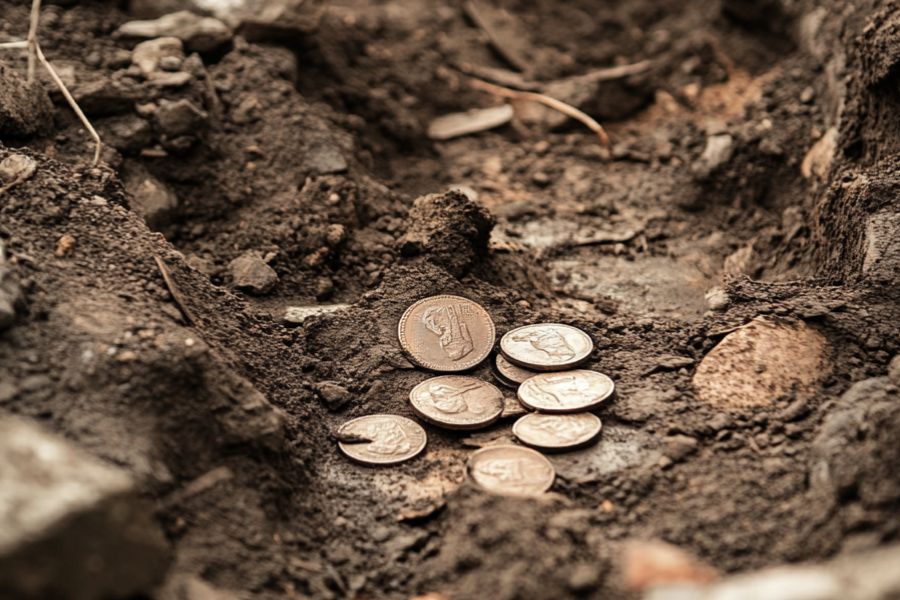Rhode Island may be small, but it’s packed with mysteries and untold stories of treasure. From the rocky shores to the dense forests, whispers of lost fortunes have lingered for generations.
There’s something exciting about the idea that a piece of history, or maybe even a hidden fortune, could be waiting to be uncovered right here.
Across the state, legends of buried gold, pirate loot, and hidden gems keep the spirit of adventure alive. Some tales trace back to the Golden Age of Piracy, while others come from the early days of settlers and traders.
Learning about these stories brings Rhode Island’s past to life in an unexpected and fascinating way.
Whether you’re walking the beaches of Newport or hiking the trails of the woods, you never know what you might stumble upon.
The Hidden Gems of Rhode Island That Are Waiting to Be Unearthed
Discover some of the most fascinating and valuable treasures that remain undiscovered in the state:
Joe Bradish’s Hidden Loot – $10,000,000+
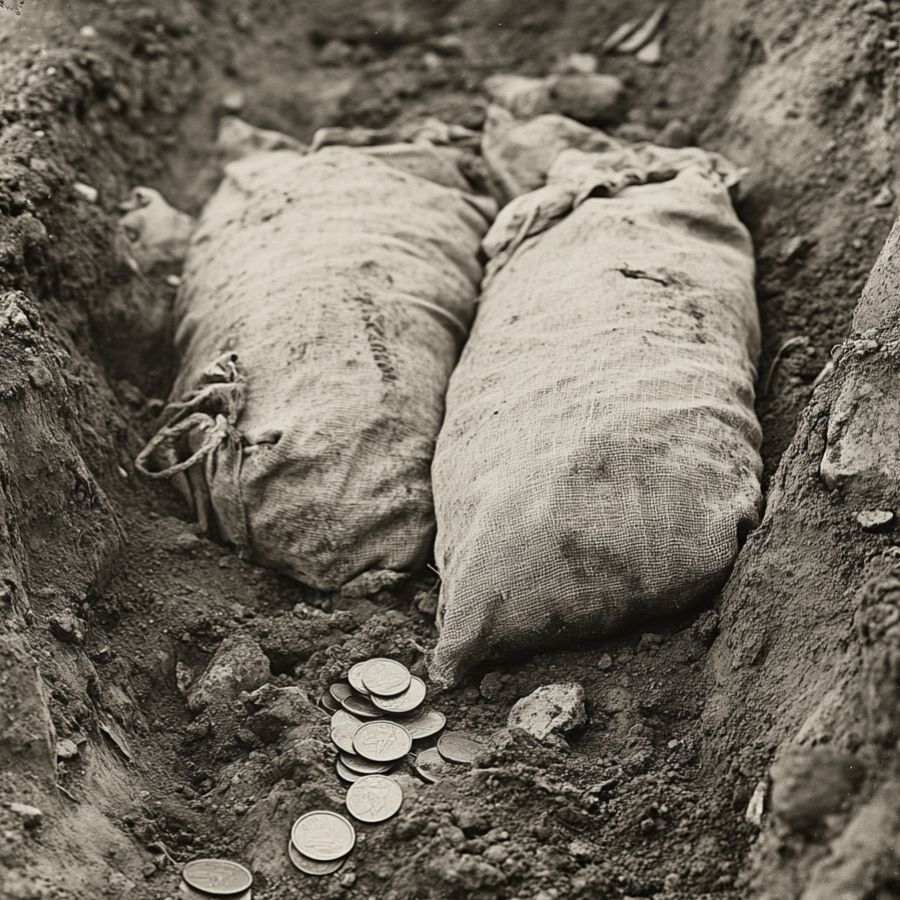
Joseph Bradish began as a lowly sailor but turned pirate after joining a mutiny in 1698. He seized the Adventure, a ship loaded with jewels and gold meant for trade in the Indian Ocean.
Bradish sailed to Block Island, a foggy, rocky spot off Rhode Island’s coast, where he burned the ship to hide his tracks. He split the treasure with Colonel Pierson, a local figure who helped him stash sacks of coins and gems in secret pits.
After Bradish was arrested and hanged in Boston, Pierson kept the treasure map but died before revealing its location. Storms and shifting sands over centuries may have buried the loot deeper along the island’s jagged shoreline.
Block Island’s steep cliffs and hidden caves make searching difficult. In the 1800s, a farmer found gold coins near Sachem Pond, sparking rumors of Bradish’s hoard.
How much the treasure would be worth today
The hidden loot could be valued at $5–10 million.
Green Jacket Shoal Ship Graveyard – $20,000,000+
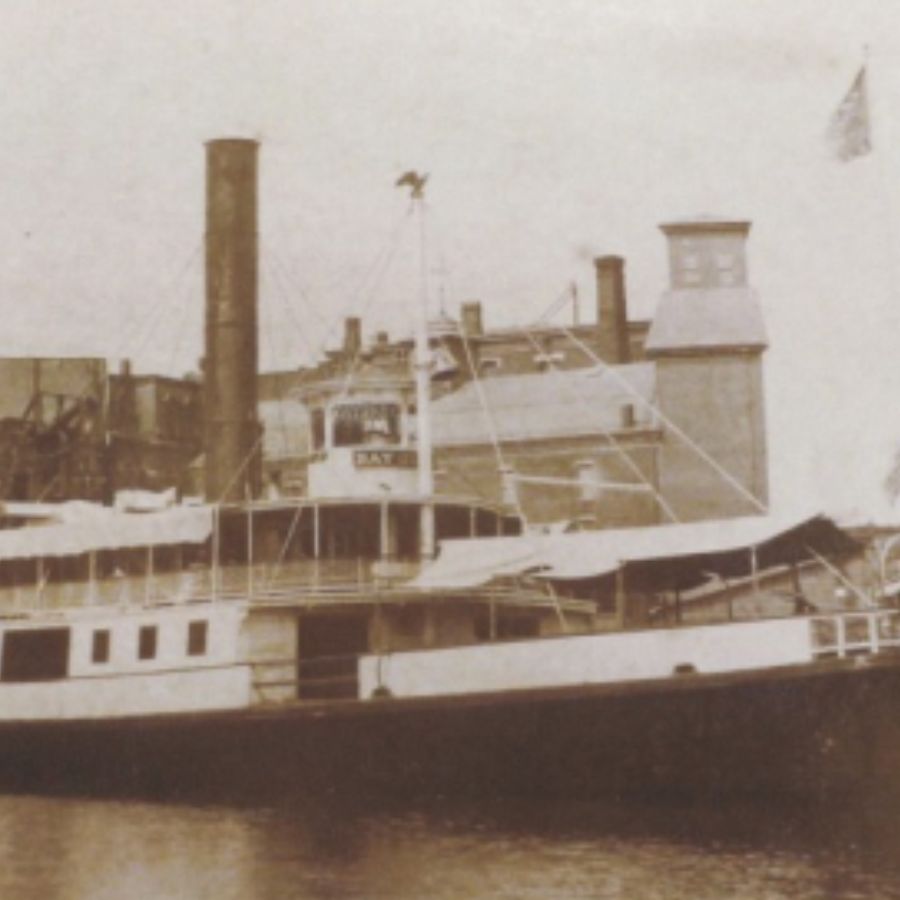
Dozens of worn-out ships were abandoned in Providence River during the 1800s as steamboats replaced wooden vessels. The Bay Queen, a luxury steamer, sank in 1882 with passengers’ luggage still onboard.
The Mount Hope, a cargo ship, carried tools and machinery before it settled into the muddy riverbed. Over 29 wrecks now rot in the shallow water, visible at low tide.
Divers found a silver pocket watch in 2003 near the Bay Queen’s boiler. In 2015, cleanup crews pulled up brass ship fittings and china plates but no major treasures.
Some locals whisper about a rumored gold shipment lost on a ferry during the Civil War, though records don’t confirm it. The river’s murky water and tangled debris make searching risky.
How much the treasure would be worth today
Artifacts here could add up to $20 million.
Captain Kidd’s Block Island Treasure – $10,000,000+

William Kidd, a privateer hired to hunt pirates, became a criminal after seizing an Armenian ship loaded with silk and gold in 1699. Facing arrest, he anchored near Block Island and rowed ashore with crewmates.
Witnesses reported seeing men dig holes near Learned’s Pond, where the soil is soft and sandy. Kidd was captured days later, leaving his treasure behind.
In 1855, a storm exposed a rotting wooden crate near the pond, but it disintegrated when touched. A 1930s map found in a Boston attic marks an “X” near the island’s northern dunes, but searches found nothing.
Kidd’s crew confessed at trial to burying “Spanish gold and cloth,” but conflicting clues muddle the hunt.
How much the treasure would be worth today
Kidd’s treasure could be worth $10 million.
French Privateers’ Mohegan Bluffs Treasure – $2,000,000+
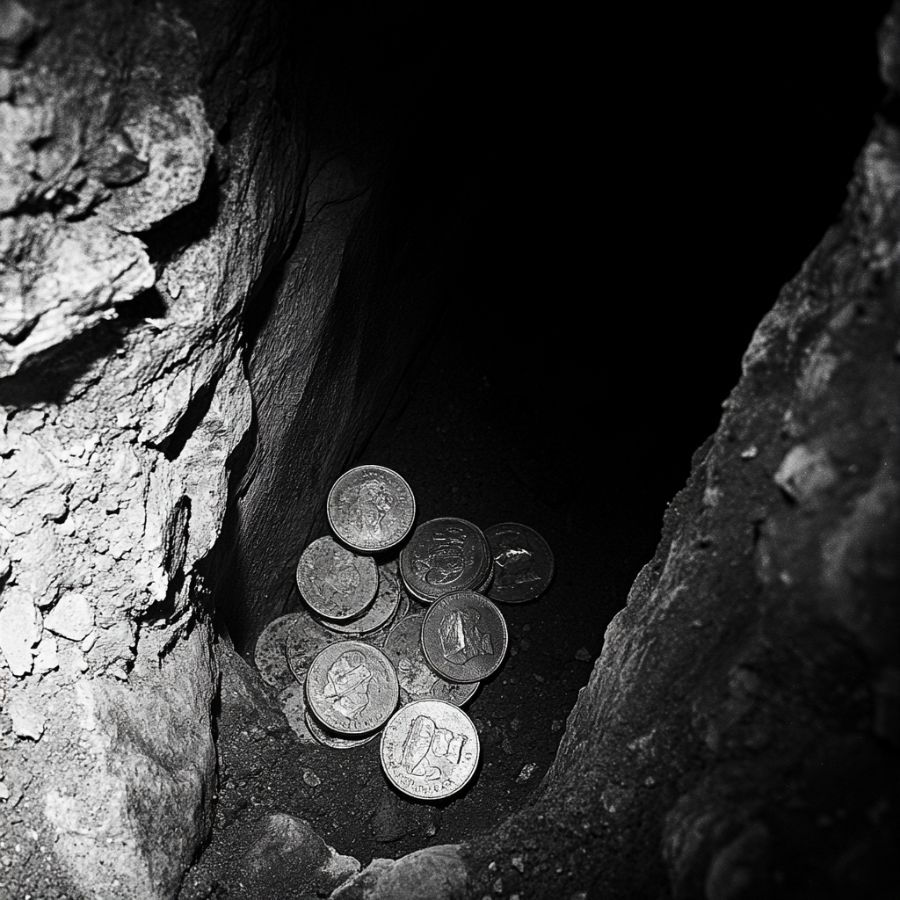
In 1689, French privateers attacked English ships off New England, stealing silver and gold coins. They set up a base on Block Island to repair ships and plan raids. When English forces closed in, the privateers panicked and buried their loot near towering Mohegan Bluffs.
Locals later found odd markings on cliffs and coins washed ashore after storms, dubbing the area “Money Bluff.” The cliffs have crumbled over time, dropping sections into the sea.
Some think the treasure lies in underwater caves carved by centuries of crashing waves. Others argue it’s buried under dense thickets inland, where the privateers might have fled.
How much the treasure would be worth today
The buried treasure might now total $2 million.
Bonded Vault Heist Spoils – $169,000,000+
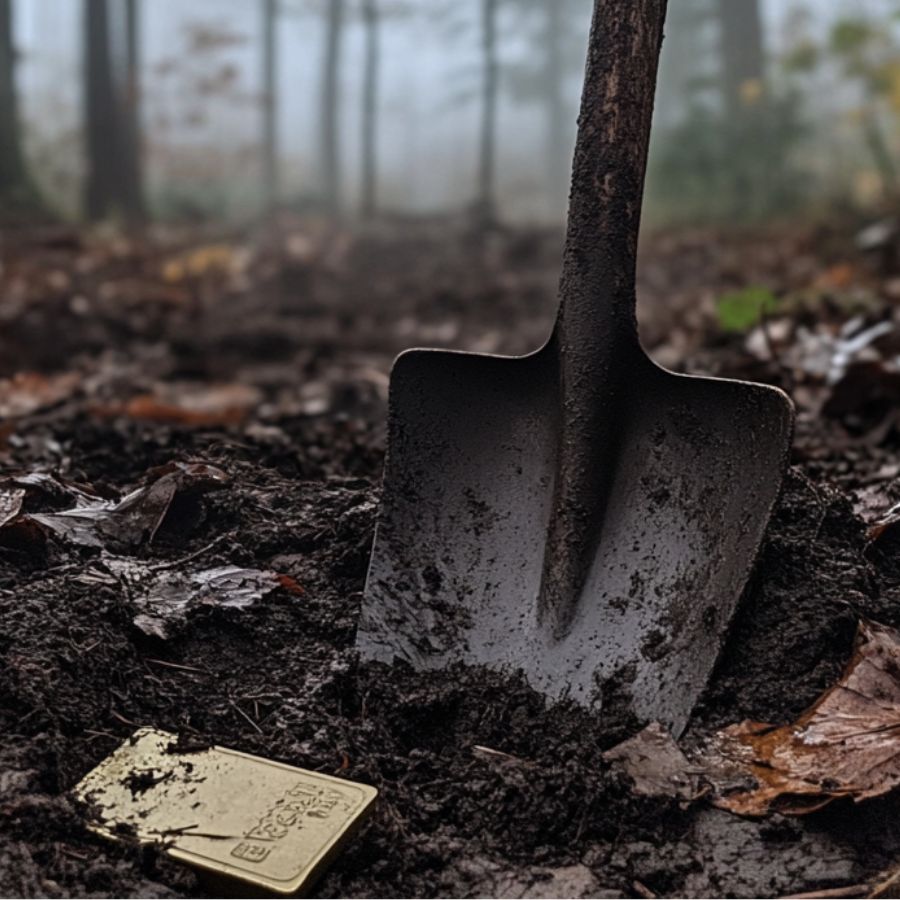
Thieves broke into a secured vault in Providence on August 14, 1975, using drills and dynamite. The vault stored jewelry, gold bars, and cash for local businesses—and secret deposits from mobsters.
That gang stole emerald rings, diamond necklaces, and a gold chalice studded with rubies. Police found some loot in a car trunk weeks later, but most vanished.
One thief claimed the Mafia took the best items, including rare coins and unset gems.
Theories suggest the rest was buried in Rhode Island’s woods or dumped in Narragansett Bay. The chalice and gold bars, described in FBI files, have never surfaced.
How much the treasure would be worth today
The missing items might now exceed $169 million.
Narragansett Runestone Mystery – $20,000,000+
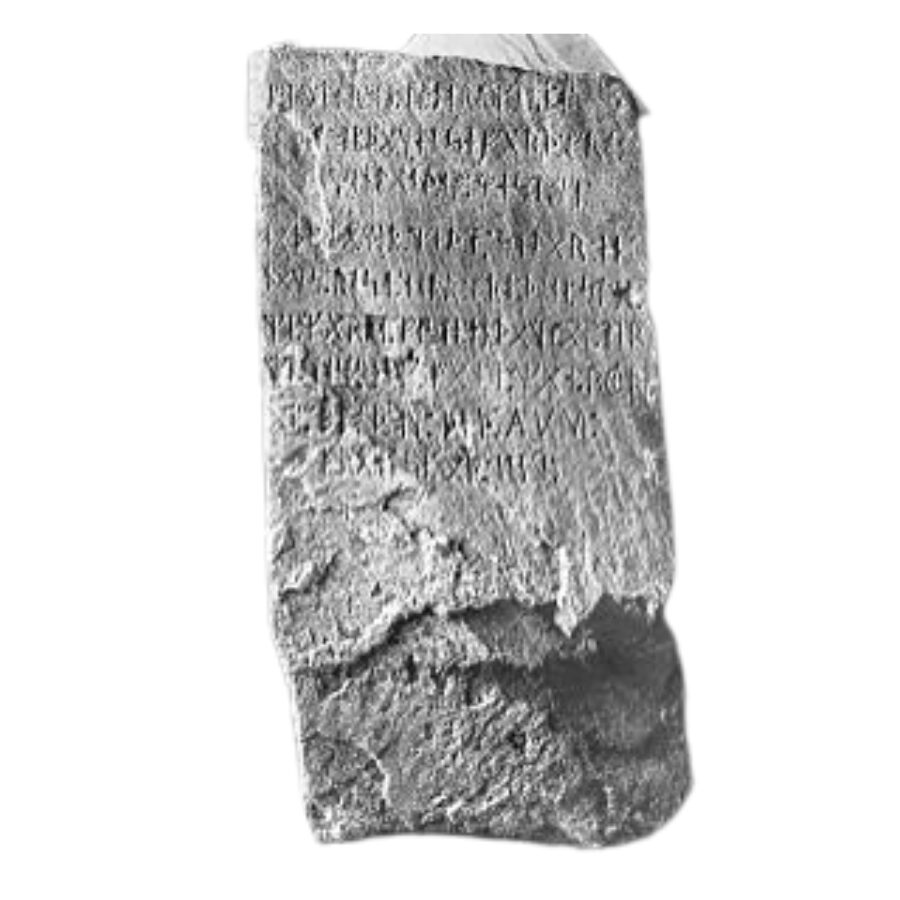
A massive stone slab sits in Wickford, Rhode Island, covered in strange symbols. Workers first spotted it in 1939 at Pojac Point during low tide. The markings look like Viking runes, sparking debates about Norse explorers visiting America before Columbus.
In 2012, someone stole the 2.5-ton rock and sank it offshore, but it was later returned after a wealthy resident admitted to moving it.
Everett Brown claimed he carved the symbols as a prank in 1964, but locals say they saw the stone long before that. Tests to check its age were canceled to avoid damaging it.
Today, the rock draws visitors curious about its true origins. Some still hope it marks a Viking treasure site, though no gold or artifacts have turned up nearby.
How much the treasure would be worth today
If linked to Vikings, the hidden treasure could be worth $10–20 million.
Captain Bellamy’s Wreck off Block Island – $50,000,000+
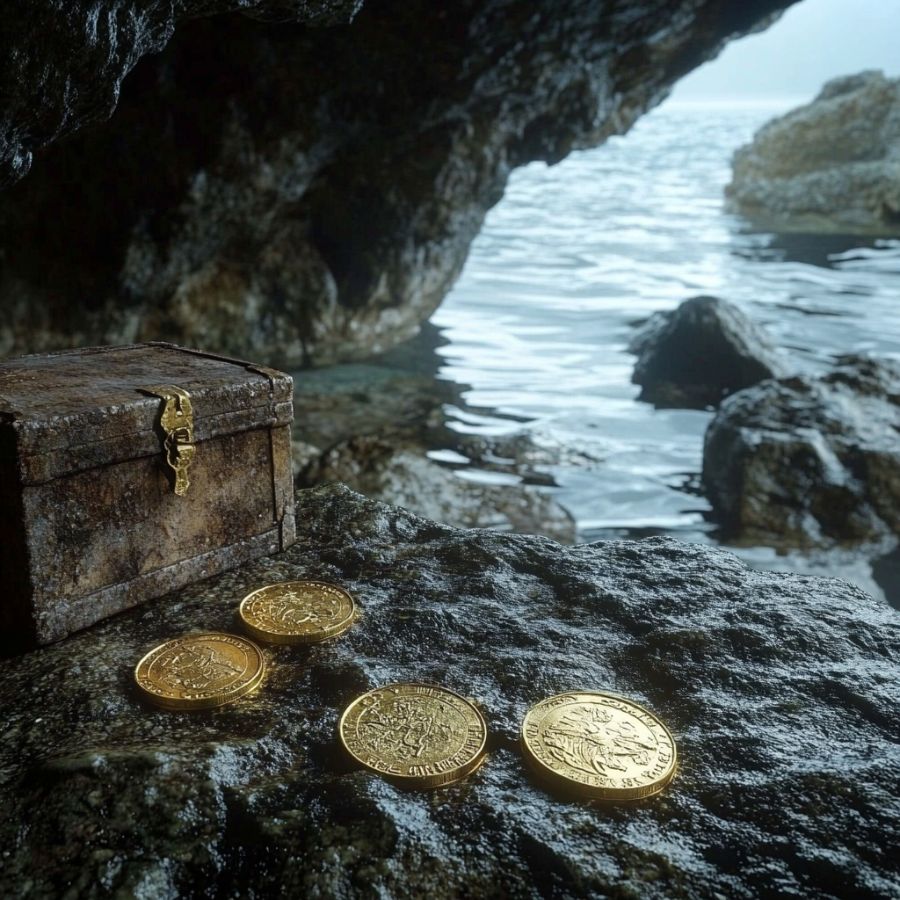
Samuel Bellamy, the “Prince of Pirates,” captured the slave ship Whydah Gally in 1717, loading it with gold and silver. While the Whydah sank off Cape Cod, part of Bellamy’s fleet may have wrecked near Block Island. His ally, Paulsgrave Williams, stopped there to visit family before the storm hit.
Fishermen have pulled up 18th-century cannonballs and pottery near the island’s coast. In 2009, divers found a 1,500-pound cannon linked to Bellamy’s crew.
The Whydah’s main treasure was recovered, but Block Island’s share, gold coins and jewels, remains hidden in underwater caves or buried beaches.
How much the treasure would be worth today
Bellamy’s undiscovered Block Island treasure could exceed $50 million.
The Gaspee Affair Artifacts – $10,000,000+
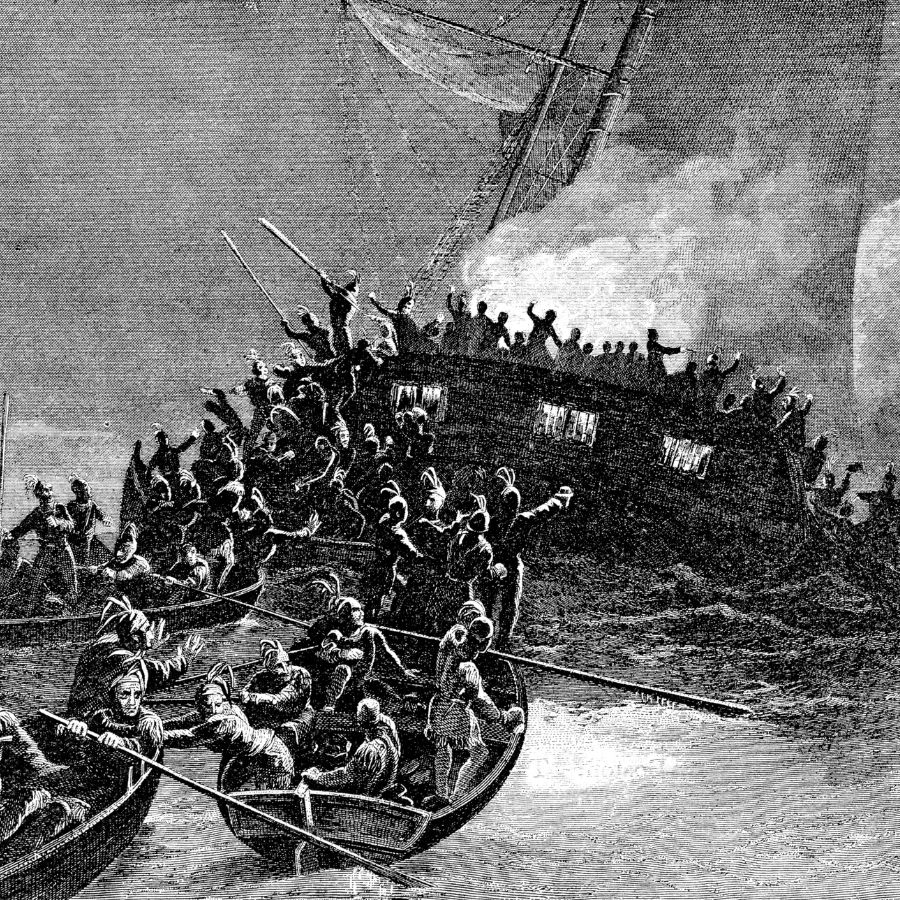
In 1772, Rhode Island rebels burned the British ship HMS Gaspee to protest unfair taxes. Led by merchant John Brown, colonists rowed to the stranded vessel, shot its captain, and torched it.
The ship sank in Narragansett Bay, taking muskets, coins, and a silver captain’s bell with it.
Dredging projects in the 1900s found ship timbers and a cannonball, but most items stayed buried. Some think Brown’s men kept stolen gold but hid it to avoid British spies.
The wreck site is now protected, but rumors of tax money or weapons linger in the bay’s muddy depths.
How much the treasure would be worth today
Artifacts from the Gaspee could be worth $5–10 million.
Revolutionary War Payroll Chest – $5,000,000+
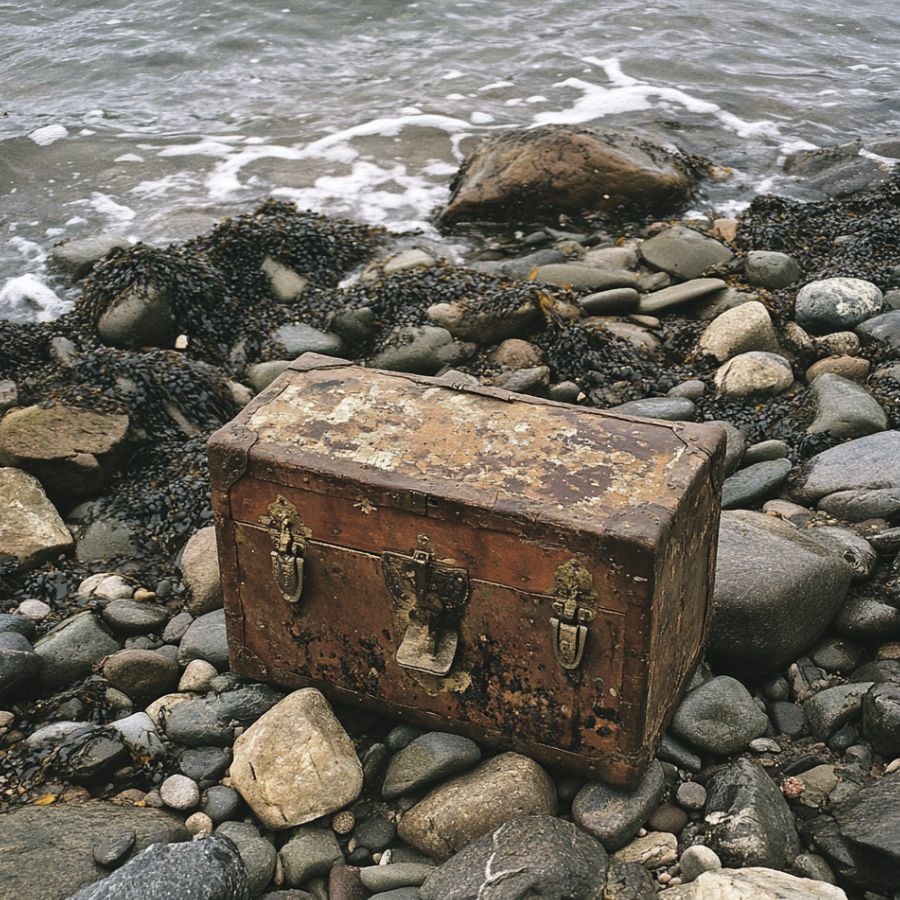
During the Revolutionary War, British troops relied on payrolls to fund their activities. In 1778, a chest filled with soldiers’ wages, gold coins, and paper notes, vanished during a Rhode Island skirmish.
Redcoats likely hid it while fleeing colonial militias near Providence. Maps from the era hint at buried caches in forests or abandoned farms.
Metal detectorists have searched fields near old battle sites for decades. One farmer claimed to find a rusted lockplate in the 1950s but no chest.
How much the treasure would be worth today
The lost chest might hold $2–5 million in gold and historic currency.
The Lost Town of Hanton City – $1,000,000+
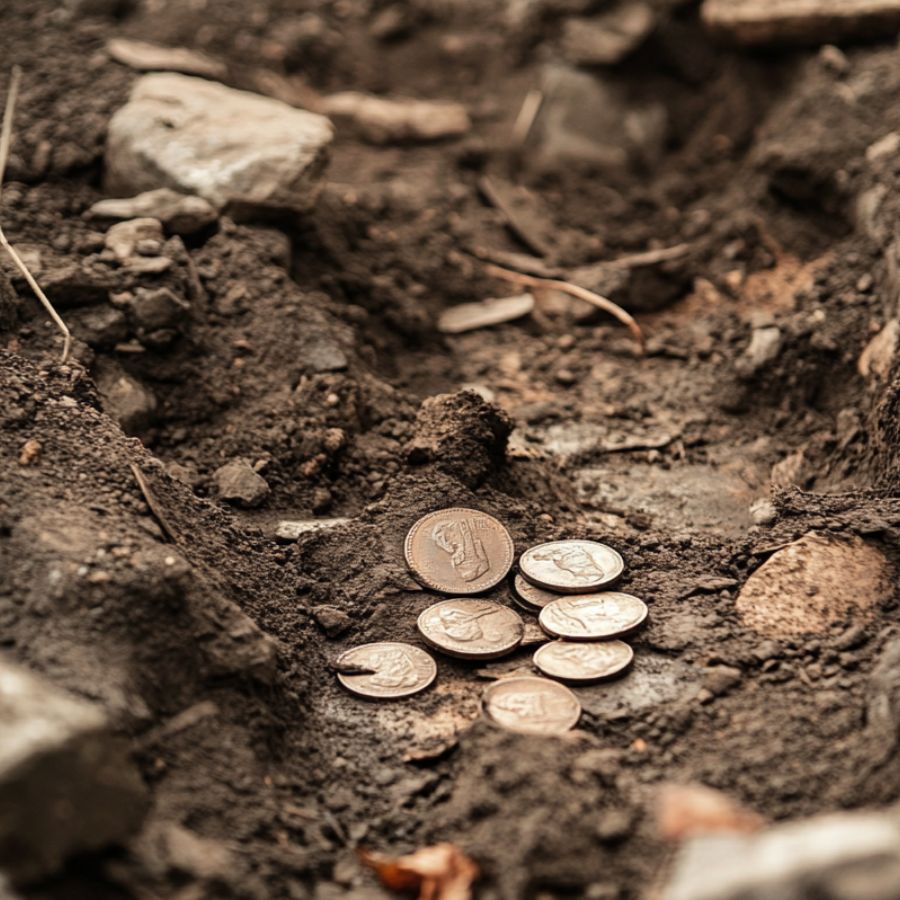
In the 1700s, English settlers built Hanton City in Smithfield’s dense forests. Families like the Hantons and Paines carved a village from the wilderness, relying on shoemaking and slate quarrying.
By 1820, factories in nearby towns made their handmade goods obsolete. Tom Hanton, the last resident, described neighbors fleeing to cities like Providence, leaving behind tools, furniture, and heirlooms in abandoned homes. Crumbling stone walls and cellar holes still dot the woods today.
Archaeologists are said to have found 19th-century coins near the old meetinghouse in 1972, sparking theories of buried household treasures. The site’s isolation and thick undergrowth make exploration slow, but clues linger in forgotten corners.
How much the treasure would be worth today
Hidden items from Hanton City could be valued at $500,000–$1 million.
King Philip’s War Booty – $5,000,000+
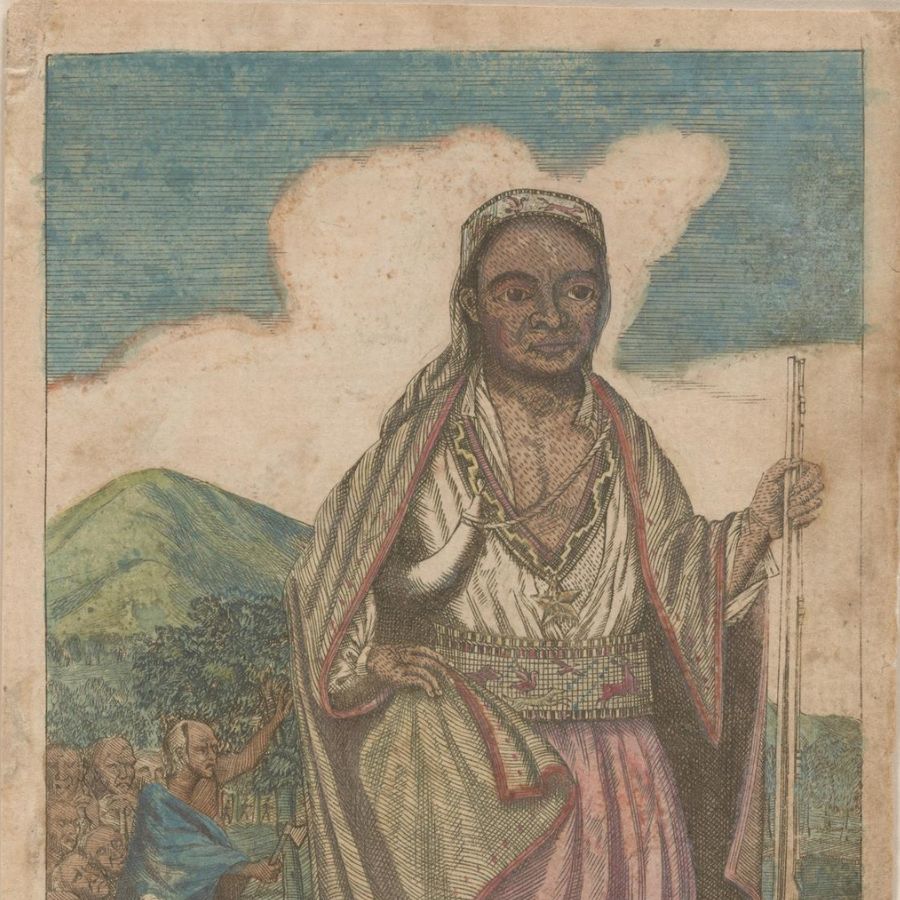
Wampanoag leader Metacomet, known as King Philip, led attacks on colonial towns in 1675–1676. His warriors seized muskets, gunpowder, and silver coins during raids in Rhode Island.
As English troops advanced, Metacomet supposedly ordered followers to stash supplies in swamps near the Great Swamp Fight battlefield.
Colonial records note missing loot after his death, including a gold chalice taken from a Plymouth church. A 1680 letter claims warriors buried iron tools and coins near the Taunton River to retrieve later.
How much the treasure would be worth today
Metacomet’s hidden war spoils might total $2–$5 million in value.
The Pirate Thomas Tew’s Coastal Stash – $20,000,000+
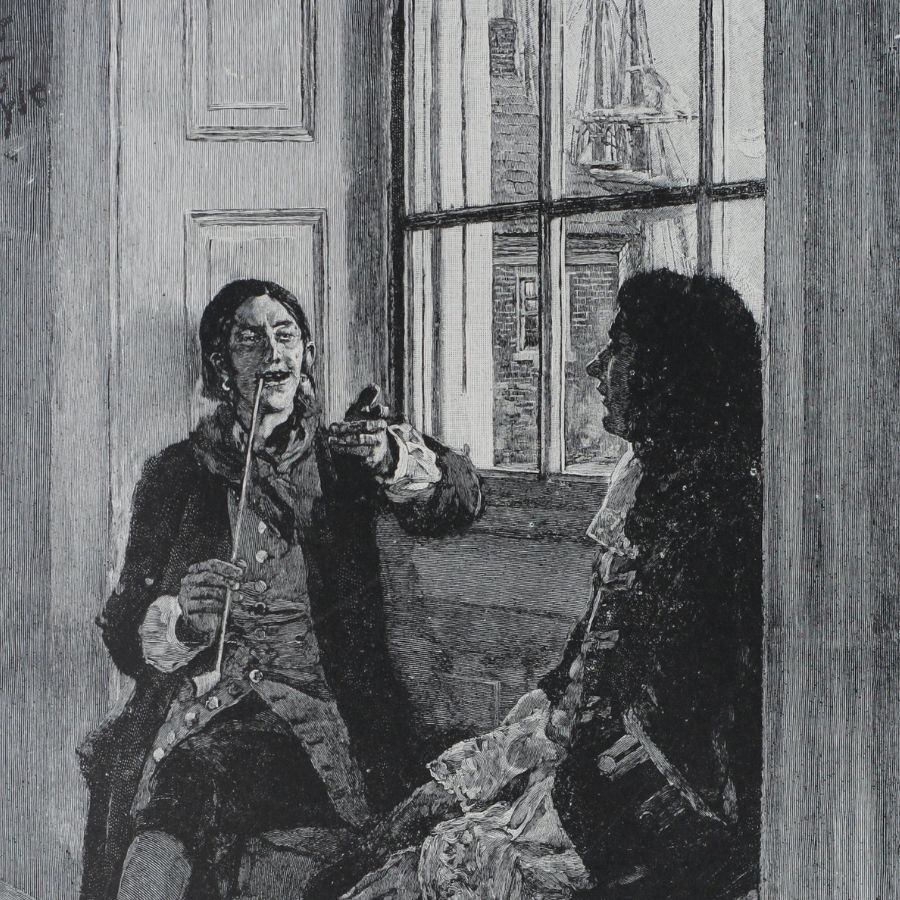
Newport pirate Thomas Tew terrorized Indian Ocean trade routes in the 1690s. He captured the Fateh Muhammad in 1694, stealing £100,000 in gold bars and pearls. Tew is said to have bribed Rhode Island Governor Caleb Carr with gems to avoid arrest, then anchored in Newport Harbor.
Legend also says that a crew member’s 1695 journal mentions burying a chest near Gravelly Point before Tew’s final voyage.
In 1723, workers repairing Trinity Church found a map scratched on parchment under the floorboards. It showed a cove labeled “Tew’s Rest” with an X, but storms eroded the coastline, altering landmarks.
How much the treasure would be worth today
Tew’s buried loot could exceed $20 million.
The Wreck of the Palatine Ship – $3,000,000+

In December 1738, the Princess Augusta, later called the Palatine, sailed from Holland with German immigrants. A storm drove the damaged ship onto Block Island’s rocks.
Survivors accused crew members of stealing passenger jewelry and coins before fleeing. Block Islanders rescued survivors but found no treasure.
In 1752, a storm is said to have washed ashore silver spoons engraved with Dutch names and a gold cross. The ship’s remains have not been found, but ice floes sometimes push old timbers onto beaches.
How much the treasure would be worth today
The Palatine’s lost valuables might be worth $1–$3 million.
The Dorr Rebellion Armory – $500,000+
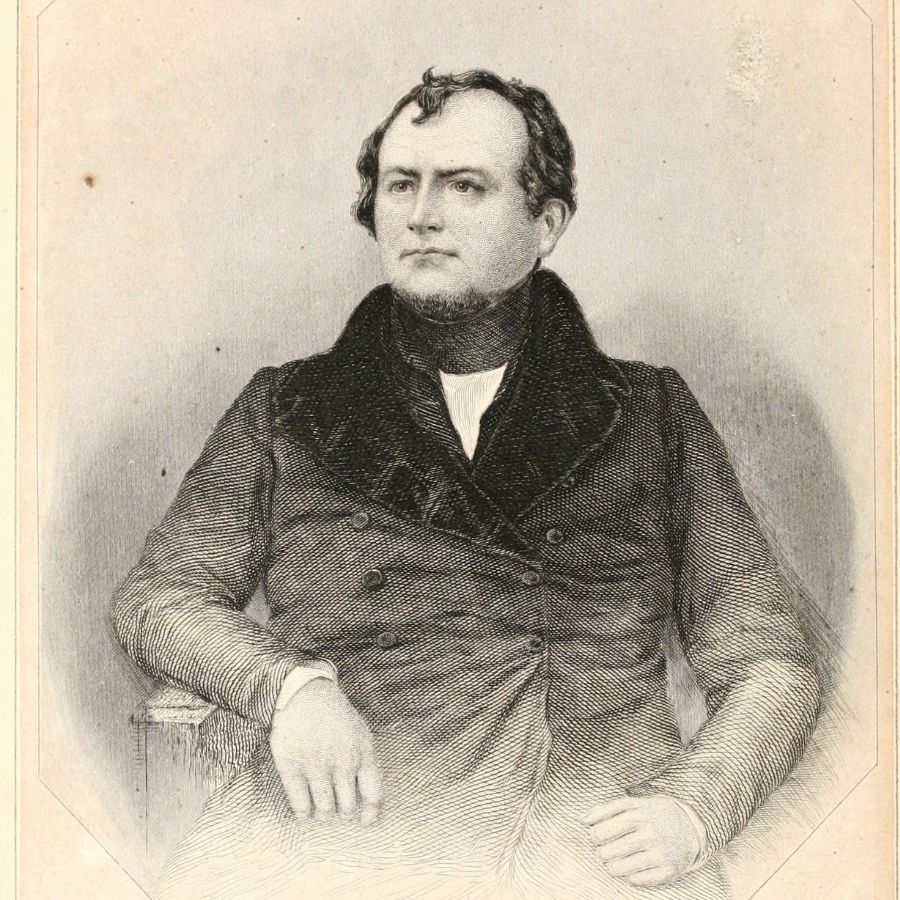
In 1842, Thomas Dorr led rebels fighting for voting rights against Rhode Island’s strict property laws. They raided the state arsenal, stealing 200 muskets, bayonets, and two brass cannons.
After losing a battle in Chepachet, Dorr ordered followers to hide weapons in barns and stone walls.
A rebel’s diary lists caches near Acote’s Hill and Waterman Lake. In 1991, hikers supposedly found rusted bayonets wedged in a Rocky Hill Road wall, matching descriptions of hidden arms. The cannons, last seen near a sawmill, never resurfaced.
How much the treasure would be worth today
The hidden armory’s artifacts could total $250,000–$500,000.
The Sakonnet River Pirate Hoard – $4,000,000+
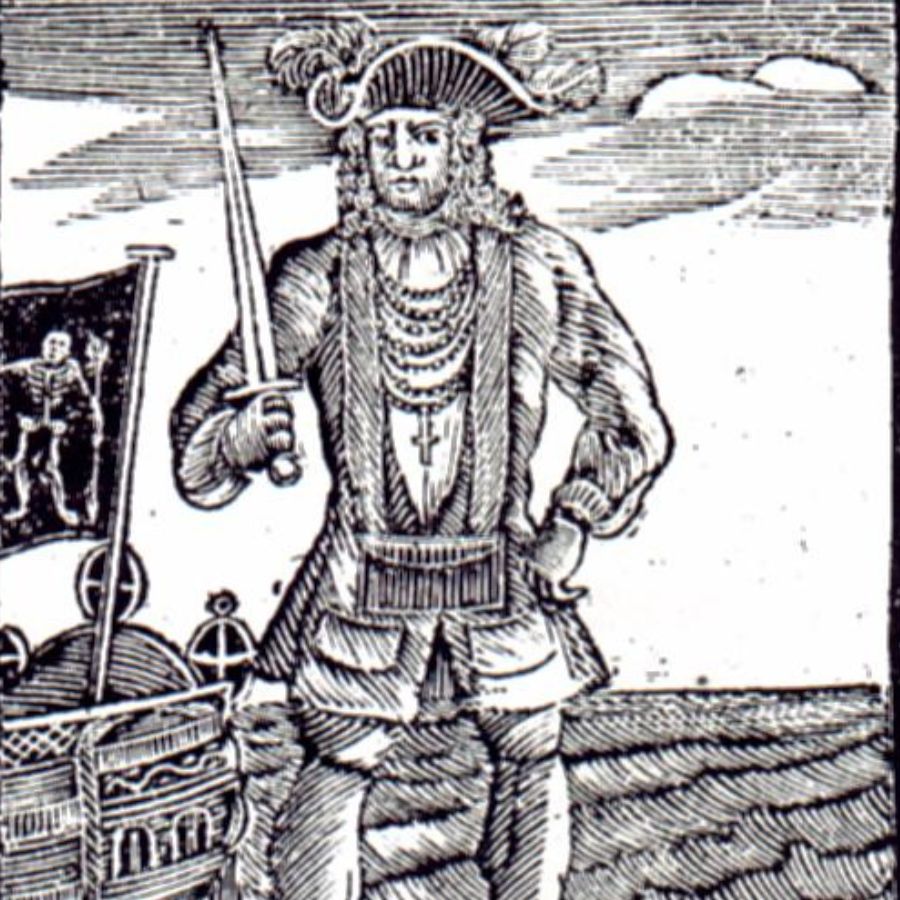
Pirate Bartholomew Roberts raided a Portuguese ship off Newport in 1721, seizing chests of Spanish silver and gold doubloons. He sailed up the Sakonnet River’s narrow channels to evade British warships.
Roberts ordered crewmen to bury three chests near a twisted oak tree on the eastern bank, carving a skull into the trunk as a marker.
The oak washed away in a 1749 hurricane. As a result, Roberts’ loot, estimated at 500 coins and 20 silver bars, remains hidden, its exact location lost to time and shifting tides.
How much the treasure would be worth today
Black Bart’s hoard might total $2–$4 million in modern value.

